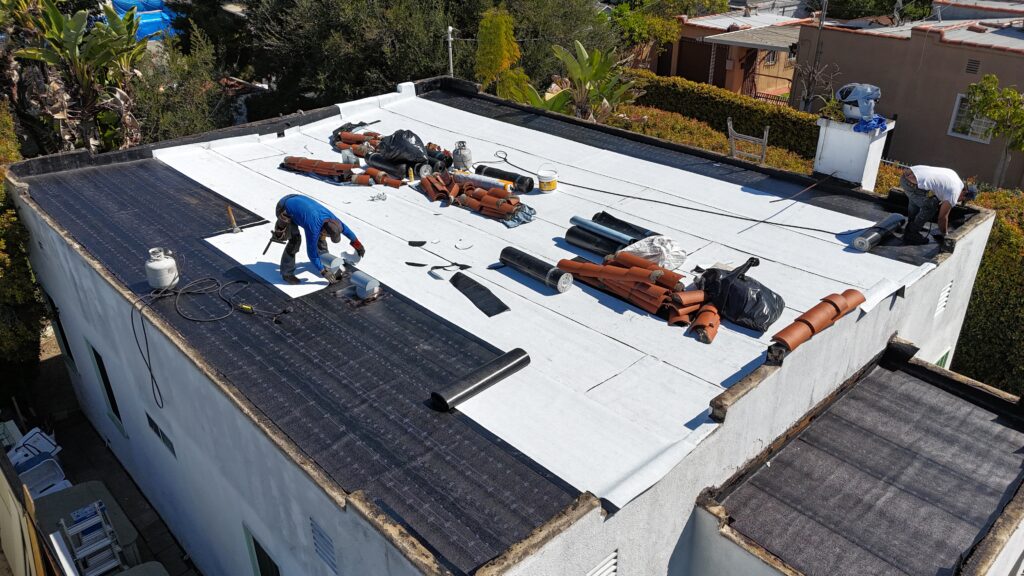Recognizing the Visible Signs That Point to Roof Sealing
Every roof has a lifespan, but the early indicators of wear can often be subtle. One of the clearest signals is the appearance of hairline cracks or surface fissures, which compromise the roof’s ability to repel water. Discoloration and dark streaks can also signal that UV protection has worn off, leaving the roof exposed to sun damage. On metal surfaces, early stages of rust or oxidation are strong warnings that protective sealing is overdue. Ignoring these signs often results in leaks that could have been prevented with a timely roof sealing application.
Hidden Clues from Inside Your Home
Not all warnings are visible from the outside. Water stains on ceilings, musty odors, or mold growth in attic spaces may indicate that moisture is penetrating through unsealed areas. Even small leaks can travel far from their source, making them harder to trace without a professional inspection. These interior symptoms should never be dismissed as minor issues—when left untreated, they evolve into costly structural problems that sealing could have prevented.
The Ideal Time of Year for Roof Sealing in Los Angeles
While roof sealing can be done year-round, the best time is during dry, moderate weather. In Los Angeles, spring and summer provide optimal conditions since sealants adhere better to clean, dry surfaces without the risk of rain interruption. Applying a sealant during these months ensures proper curing and maximizes long-term performance. Attempting sealing during damp or stormy periods not only risks poor adhesion but also reduces the effectiveness of the product. Timing is as critical as the technique itself.
Proactive Sealing Even Without Visible Damage
A common mistake homeowners make is waiting until damage is visible before scheduling roof sealing. Professional contractors often recommend sealing older roofs as a preventive measure, even if leaks haven’t appeared yet. Newly repaired or recently cleaned roofs also benefit greatly from an immediate sealing layer, which locks in protection and prevents small imperfections from becoming bigger vulnerabilities. Think of it as insurance for your roof—the earlier you apply it, the longer your roofing system performs at its peak.
Why Professional Assessment Matters
Although you can spot certain signs yourself, only a professional roofing inspection can provide an accurate evaluation of whether sealing is necessary. Experts use specialized tools to detect hidden vulnerabilities and understand the specific requirements of each roof type—shingle, tile, metal, or flat. With their guidance, homeowners can schedule sealing at the right time, preventing emergencies and extending the life of the roof.
Types of Sealants & Coatings for Roofs: Which One Suits Your Roof Type?

